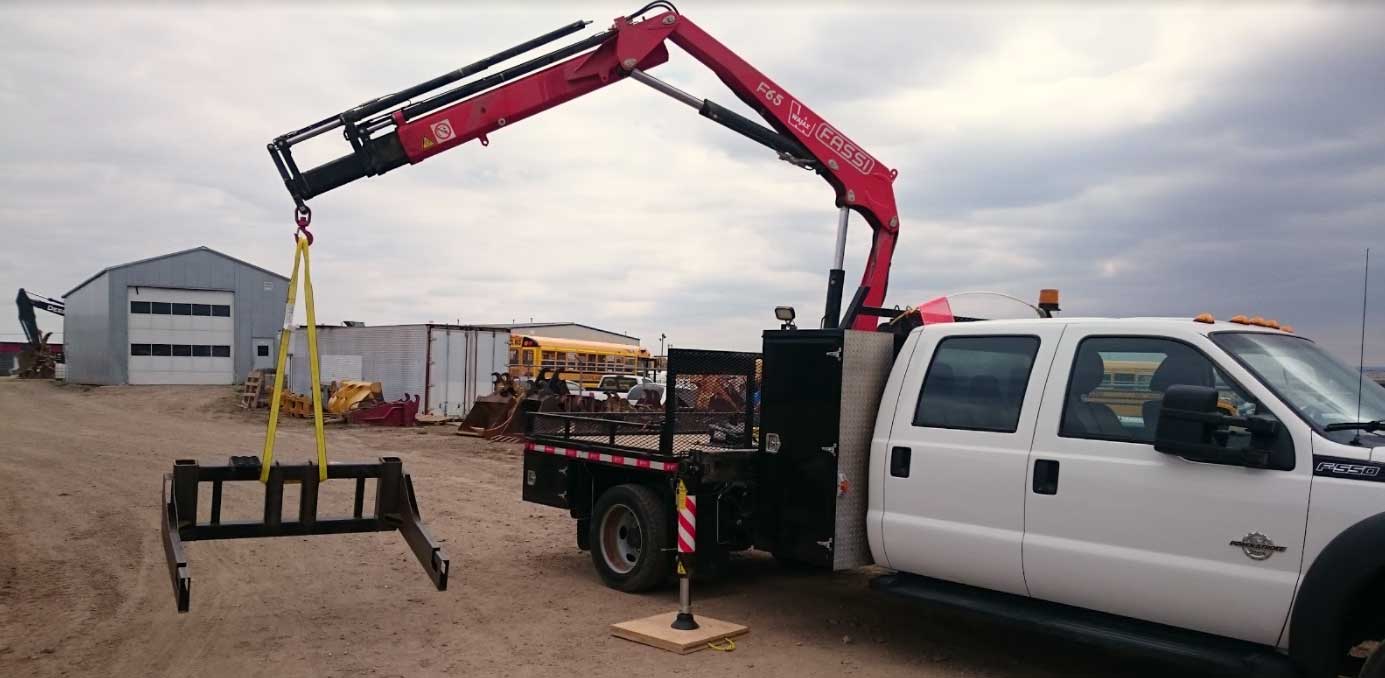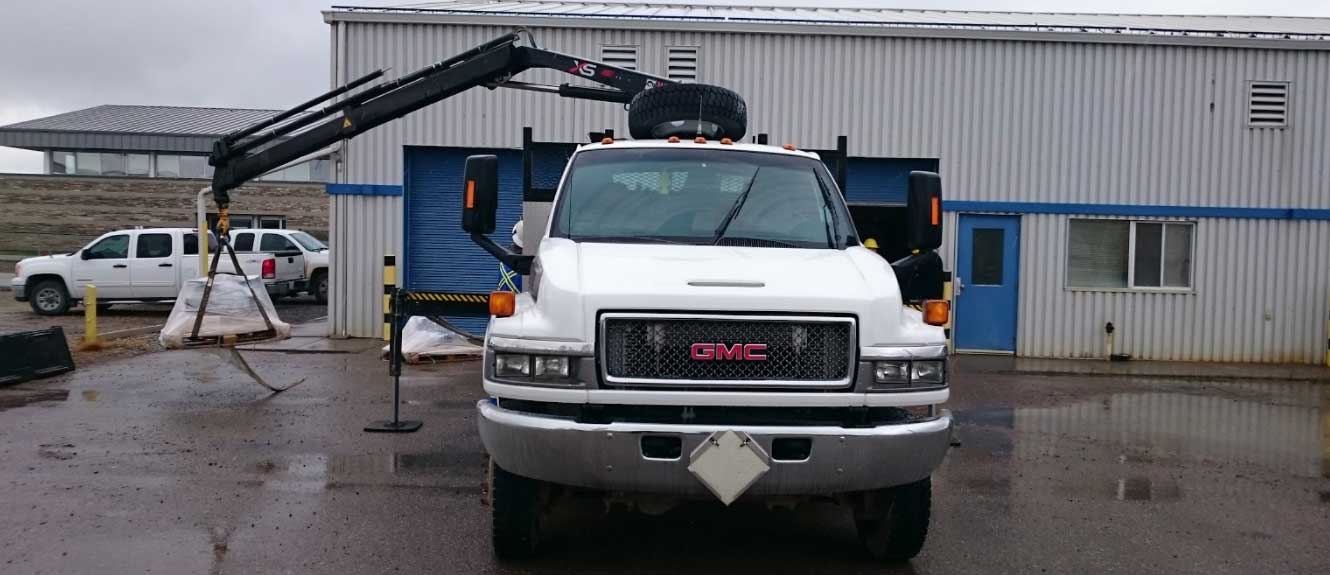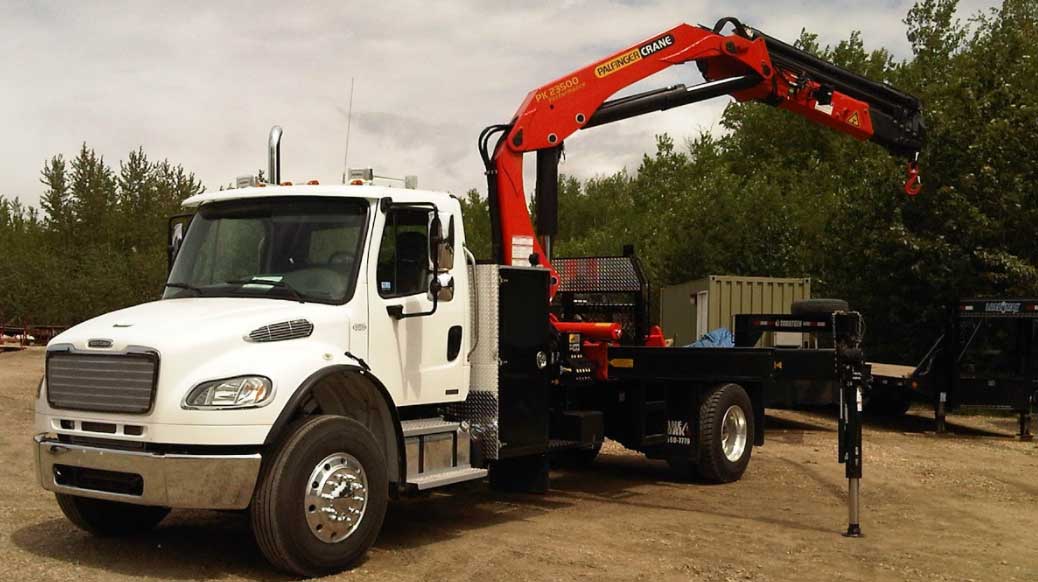Fassi knuckle boom crane training program helps your operators stay safer and reduce your operating expense.
Reading and Understanding Crane Load Charts
I recently posted a brief summary on how to read load charts on Linkedin. You can see it HERE. However I did not go into great detail on how to read knuckle boom crane load charts, I simply went over the “other” information that they provided. So ill go into greater detail, but still in short form here so that that there is greater clarity. Because we specialize in light duty knuckle crane training, the information applies directly to that type of crane. The one dimension load chart above shows the following information: Crane model – 210.5 or 21.5 Meter/tonne rated crane NOT a 21-Ton crane Shows the capacity of the crane in both metric and imperial capacities When you



